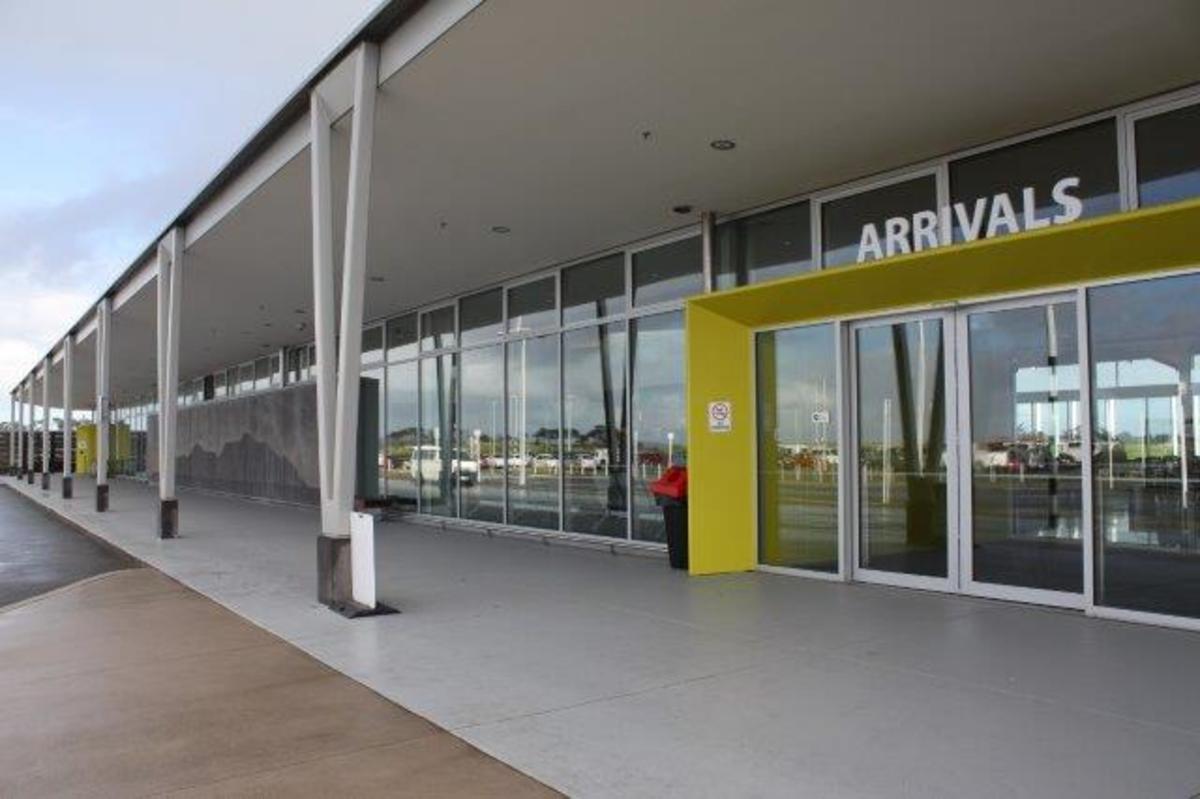Invercargill Airport seeks operations manager
Marjorie Cook
21 May 2020, 1:31 AM
 An operations manager is being sought for Invercargill Airport.
An operations manager is being sought for Invercargill Airport.Invercargill Airport is looking for a new, full time operations manager as it continues its fight for survival in the new COVID-19 pandemic environment.
Airport general manager Nigel Finnerty confirmed (May 20) the incumbent operations manager is moving so a new person was needed to oversee complex daily operations for the Invercargill City Council-owned airport company.
Despite a dramatic drop in Air New Zealand business since COVID-19 locks downs began in March, Mr Finnerty said the role was pivotal to the airport and airport safety.
He was optimistic that airport business would start growing again as Air New Zealand progressively introduced more daily flights to the Christchurch-Invercargill route.
General aviation activities returned to the airport at the beginning of COVID-19 Alert Level 2.
Stewart Island Flights was operating daily, the Southern Wings flight school was putting students back in the air and helicopters were doing work for mutton birders on the Titi Islands, Mr Finnerty said.
Air New Zealand has dropped its scheduled flights from Auckland and Wellington but is operating flights between Christchurch to Invercargill during Alert Level 2.
This week, a 68-seat turbo prop aircraft is flying into Invercargill twice daily, but that should increase to three flights a day between Monday and Friday from next week, with two flights on Saturday and Sundays.
Mr Finnerty said he hoped weekday flights would increase to four the week after next.
“We should end up with flights around 8am, mid morning, mid afternoon and just after 6pm... Four flights would represent about 40% of our [previous] business with Air New Zealand,” Mr Finnerty said.
Despite the changed routine, the operations manager role remained full time because it involved overseeing the functioning of runways, passenger terminals, airport fire services, and managing airfield safety, he said.
“The operation is complex. We were an airport that used to have connections to Wellington, Auckland and obviously Christchurch. It is the only regional airport that has a direct jet service [a 171-seater A320 jet from Auckland] and our expectation is that the jet will come back,” Mr Finnerty said.
The airport company employs about eight staff and, depending on the activity, up to 11 other aviation security staff could be called in, he said.
Mr Finnerty did not know the total number of people employed by all the airport user groups but estimated the airfield provided jobs for at least 30 people, including café workers, cleaners and Air New Zealand staff.
The Airways Ltd decision to close Invercargill’s controlled air traffic tower in the next six months has been occupying much of Mr Finnerty’s time this week.
His team is now working on an aeronautical study that sets out “all the things to do with managing an airspace”. It will be given to Airways for consideration as it works towards setting a date for withdrawing its services from Invercargill.
Invercargill Airport had about 350,000 passenger movements and 22,000 aircraft movements a year but was not the biggest airport on the list of seven regional airports affected by the Airways review, Mr Finnerty said.
“But certainly, we have the longest runway. It’s 2200m. We can take any domestic aircraft. We are not far from Queenstown and we do get flights that can’t get in there,” he said.
A digital tower proposal was “certainly an option’’ as aviation technology continued to change. More airspace providers were starting to use digital towers as the technology matured and people became more comfortable using it, Mr Finnerty said.
QUEENSTOWN FLIGHTS BOOSTED
Meanwhile, Air New Zealand has also boosted flights to Queenstown in time for the long Queen’s Birthday weekend.
The airline announced this week (May 19) that it will restart its Wellington-Queenstown route on May 28 and is also adding additional flights between Auckland and Queenstown, in the hope of boosting domestic tourism.
Air New Zealand began flying to Queenstown from Christchurch and Auckland at the start of Alert Level 2.
General manager networks Scott Carr said the airline had been “sufficiently encouraged by demand for seats into Queenstown since publishing our schedule for Alert Level 2... We’re keen to bring more New Zealanders to Queenstown and to boost the tourism industry in particular.”
Physical distancing requirements was expected to create strong demand for seats in both directions, he said.
Additional daily return services between Wellington and Queenstown erre planned from June 12 and more would be added as demand permitted, Mr Carr said.
AG | TRADES & SUPPLIES
FOOD | DRINK

